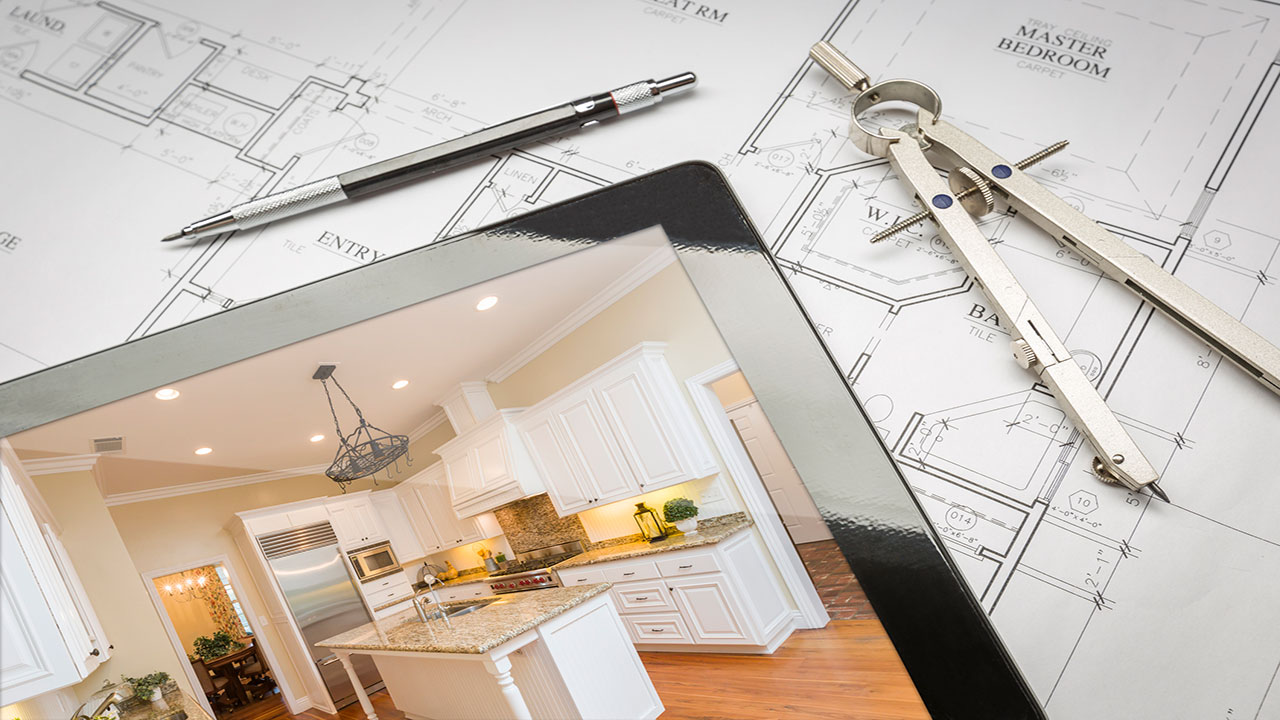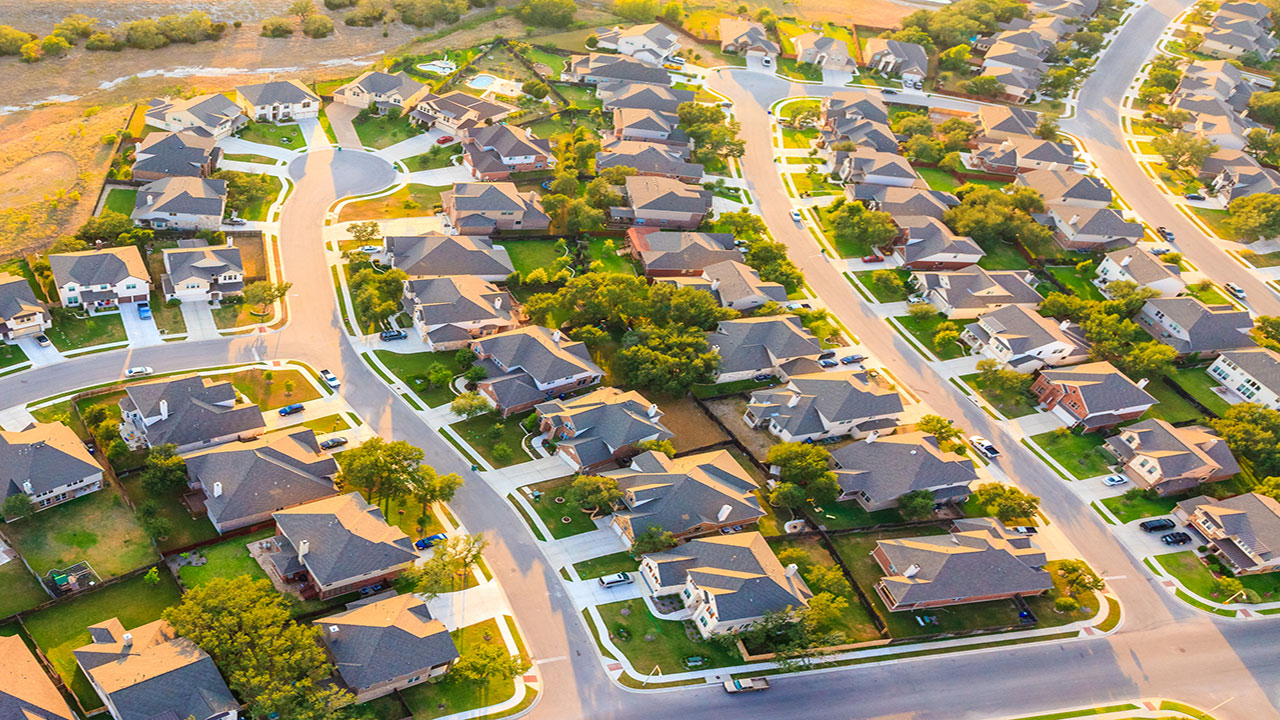How to Maximize Your Profits on a Fix and Flip

If you’ve been keeping up with your favorite programs on HGTV, you’ll likely have noticed quite a few shows dedicated to the successful house flipper. Whether it’s “Flip or Flop,” “Fixer Upper,” or “First Time Flippers,” there’s one common theme throughout each episode aired: a handsome profit.
Sure, some projects are more successful than others (and there are probably a handful of projects that probably didn’t go so well for the investors), but one thing’s for certain: there’s some serious money to be made by fixing and flipping houses, as long as the job is done right.
Obviously, your goal is to make a good profit when you take on a project like this. In order to make that happen, there are a few things you’ll have to take into consideration. Here are a few tips to help you maximize your profits when fixing and flipping houses, whether you’re a newbie or a veteran in this realm.
Buy in the Right Area

You may have found the perfect home at a great price that doesn’t require a ton of in-depth work, but if the area it’s located in is undesirable, move on. The location is the most important factor involved in buying and selling real estate, regardless of whether or not you’re fixing and flipping.
If you want to increase the odds of selling the home in a short time period, you need to make sure that the area is one that buyers would be willing to spend the bucks to live in.
Work With the Right Professionals
Unless you’re a contractor yourself and are planning to do all the improvements on your own, you’ll want to make sure you’ve lined up an experienced and reliable team of professionals to help with your rehab project.
A bad crew will do nothing more than cause undue stress. To avoid that, make sure you’ve teamed up with the right people to get the job done as planned and get it sold and off the market, leaving you with a nice pile of cash when all is said and done.
Don’t Get in Over Your Head

Some rehab projects are simple and only involve a few cosmetic updates. Others, on the other hand, can require extensive renovations that might be too much for you to handle, especially if you’re new at this game.
If you’re just getting started as a fixer-flipper, choose a project that’s not too big. Start with a smaller home that won’t require an exorbitant amount of money to fix. The bigger the property and the more extensive the renovations, the bigger risk you’ll be taking on, which is not how you want to start your fix and flip business.
Be Wary of the Type of Updates Required to Bring the Home Up to Par
Certain updates can add a lot of value to a property compared to the amount of money required to complete the projects. Others, however, do little to boost property value and can end up bringing in a poor ROI when all is said and done. Make sure to look into the types of features and updates buyers in the area are looking for, and always consult with your agent about the types of projects you should take on.
Crunch the Numbers – Backwards

A little arithmetic is warranted when a fix and flip project is on the agenda, and in this case, you’d be working backward with your math. Before taking on a project, be sure to figure out what the actual value of the property would be after all improvements have been made. This number should be a realistic one that accurately reflects the current market in the area and is a figure that you can successfully list the home at after it’s been updated.
Using the price that the home would be able to realistically sell for when it’s renovated, subtract all the costs associated with renovating and selling the home, with another 10% added to that to cover any unforeseen expenses. Then, determine how much of a profit you would be satisfied with, and subtract that number from the figure you’ve got. This should be the highest price you pay for a property.
For instance, let’s say a home’s potential value (after consulting with your agent) is $700,000, and the renovation/selling costs are $100,000. If you want to make a minimum $50,000 profit, you shouldn’t spend any more than $550,000 for the house. Don’t forget to factor in capital gains taxes you’ll likely have to pay on any profits you make.
Don’t Forget About Carrying Costs
You may have calculated how much you’ll have to pay your contractors and real estate agent and factored these figures into your equation, but what about all the money you’ll be spending in carrying costs before the home is sold? Mortgage interest, HOA fees, property taxes, and utility bills are just some of the holding costs you’ll incur, which is why a fix and flip project should be done as quickly as possible to minimize such costs.
Work With an Agent Who is Familiar With the Local Market

Your real estate agent is your close ally in a fix and flip deal. Be sure to choose one who is experienced with the local market and has dealt with fix and flips in the past. Understanding the local market is essential to ensure that a decent profit will be made. Feel free to ask your agent many questions about the process and whether or not the current market will be able to support a profitable project.
The Bottom Line
Fixing and flipping houses is not for the faint of heart, but if you have all your ducks in a row and are ready to make it happen, there’s little reason why you can’t walk away with a handsome check once the job is done. Make sure to team up with the right agent and contractors, crunch the numbers in detail, and pick a neighborhood that buyers will spend the bucks in. With some homework and due diligence, you just might make this a regular occurrence!


